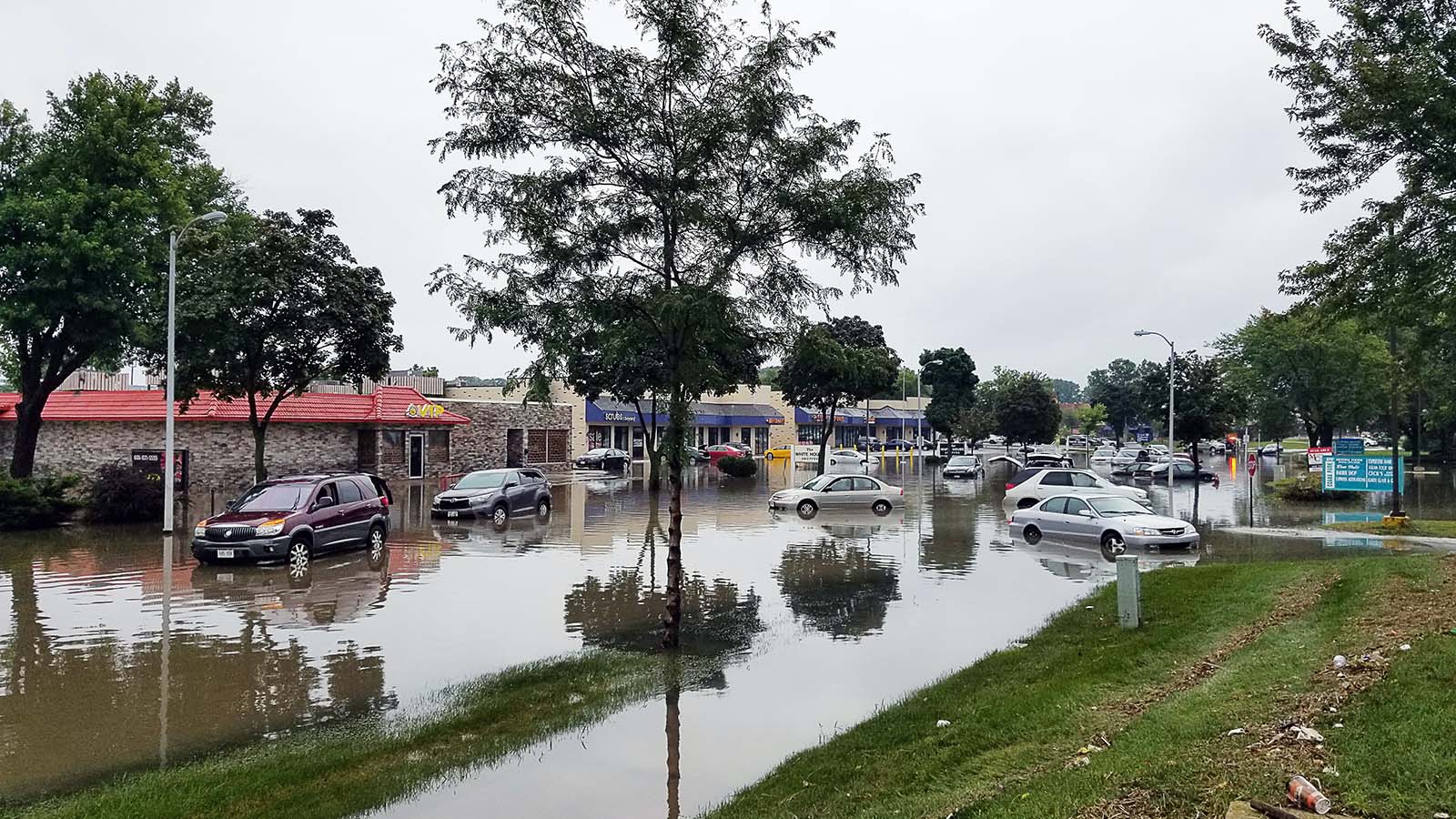Storms seem to get more intense every year. While certain areas remain in extreme drought conditions, others find themselves waterlogged.
As the number of intense hurricanes and rainstorms increase, so does the number of homes and businesses flooded. It’s no surprise why the demand for portable air scrubbers, ozone generators and other remediation equipment is as strong as ever.
From flood to mold danger
Floods and standing water often leads to flooded structures both below and above ground. When floodwaters recede, mold isn’t far behind. It takes only 24 hours for mold to form in the right conditions. These conditions depend on dampness, humidity and some sort of food. And, quite a bit of what goes into buildings can serve as that food.
Porous building materials like wood, wallboard, insulation and carpet are all perfect for mold growth. And, once mold growth it starts, it will keep growing as long as conditions exist.
Storms, flooding and remediation
If the trends of the past few years continue, expect mold issues to continue to rise in the midwest, northeast, and southwestern states. Louisiana, Florida and states along the eastern seaboard are at the highest risk, especially during the Atlantic Hurricane season.
With both the number and intensity of named hurricanes rising annually, things may get worse before they get better. Just a glance at the frequency of recent vs historical coastal flooding is worth note, too.
Remediation equipment
The equipment to fight back against mold varies depending on the intensity of flooding and pervasiveness of mold. But, the tools of the trade are largely the same to combat either.
First, the water needs to be removed. This requires pumps and sometimes water vacuums. Next, things need to dry out. That job is done by commercial dehumidifiers and carpet fans. Ridding a structure of airborne particulates and pollutants – including mold – is handled by air scrubbers.
For both contractors, business owners and homeowners, finding this equipment can get tough right before and after flooding events.
Dual-use equipment means shortages
Making matters worse, commercial air scrubbers are also used for other types of work. Examples include removal of odors after a structure fire, air purification during construction, and to make air breathable during a wildfire.
So, when wildfires in the western United States are especially intense, the supply of air scrubbers nationwide can be taxed.
Commercial dehumidifiers are also not just used after disasters. The same models of dehumidifiers are also used in homes and businesses. Their non-disaster use? Some are use to reduce humidity in crawlspaces and basements. Others are used to maintain humidity levels at indoor growing operations.
Respirators and even simple N95 and N100 masks are also used for far more than flood damage restoration work. They’re used in number of fields and as we’ve seen recently, they are also used by everyday for personal use.

